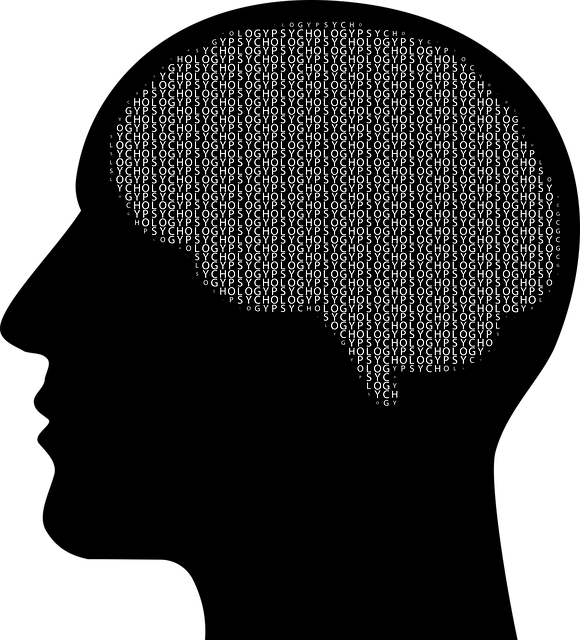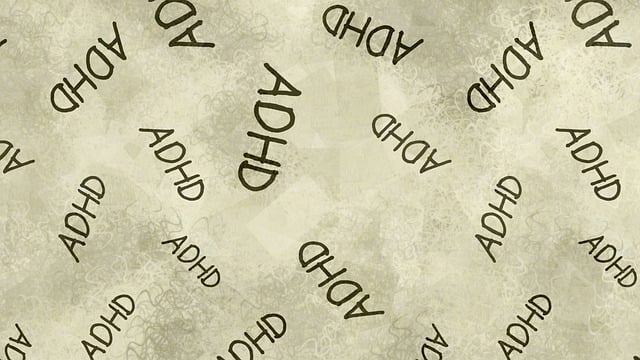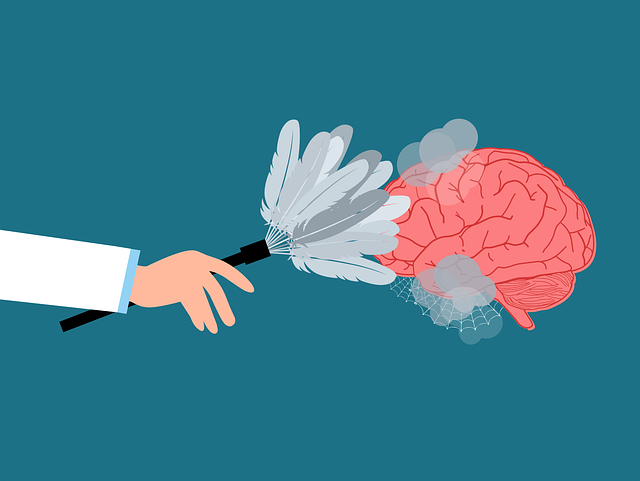Englewood Adjustment Disorder (EAD), triggered by life changes or trauma, causes emotional distress impacting daily life. With therapy focusing on resilience building and coping mechanisms through RFM (Resources, Fortitudes, Motivations) therapy, individuals can improve mental well-being. This approach, backed by evidence-based practices like mindfulness and CBT, enhances emotion regulation, stress management, and overall self-care routines. Real-life success stories highlight the effectiveness of this method in transforming lives previously affected by EAD, leading to improved mental health outcomes and better coping strategies.
Englewood Adjustment Disorder (EAD) can significantly impact an individual’s daily life and well-being. This article explores a comprehensive therapy approach using RFM (Resource, Fortitude, and Mastery), a powerful tool for managing EAD symptoms. We delve into practical resilience-building exercises and provide a step-by-step guide for healthcare professionals to implement this method in clinical practice. Discover real-life success stories highlighting the effectiveness of RFM in enhancing coping strategies and overall mental resilience for those dealing with EAD.
- Understanding Englewood Adjustment Disorder: Symptoms and Impact
- The Role of RFM in Therapy: A Comprehensive Approach
- Resilience Building Exercises: Practical Strategies for Coping
- Implementing RFM in Clinical Practice: Step-by-Step Guide
- Real-Life Success Stories: Measuring the Effectiveness of RFM
Understanding Englewood Adjustment Disorder: Symptoms and Impact

Englewood Adjustment Disorder (EAD) is a mental health condition that affects individuals’ ability to cope with and adjust to significant life changes or traumatic events. Often referred to as a response to adverse experiences, EAD can manifest in various ways, impacting both emotional and behavioral aspects of an individual’s life. Symptoms may include feelings of sadness, hopelessness, irritability, anxiety, and even physical complaints such as headaches or fatigue. The disorder is characterized by difficulties in managing stress, maintaining relationships, and performing daily tasks, which can significantly impair one’s functioning at work, school, or home.
The impact of EAD extends beyond the individual, affecting their social interactions and overall well-being. It can lead to challenges in making decisions, focusing, and regulating emotions, often resulting in a decreased quality of life. However, with proper Englewood Adjustment Disorder therapy, individuals can develop coping mechanisms, enhance their resilience, and engage in emotional healing processes. Public awareness campaigns play a crucial role in normalizing conversations around mental health, reducing stigma, and encouraging people to seek support for better self-care routine development, ultimately fostering a more resilient mindset.
The Role of RFM in Therapy: A Comprehensive Approach

Resilience is a vital aspect of mental well-being, especially for individuals dealing with adjustment disorders like Englewood Adjustment Disorder. Here, RFM (Resources, Fortitudes, and Motivations) therapy comes into play as a comprehensive approach to building resilience. This method helps clients identify internal strengths and external resources that can support them in managing their disorder effectively. By understanding their unique motivations, individuals learn to harness self-care practices tailored to their needs, fostering a sense of agency and control.
Englewood Adjustment Disorder Therapy incorporates RFM principles to enhance traditional treatment methods. The process involves teaching clients to recognize their personal fortitudes—the internal resources that contribute to their resilience. This could include Mind Over Matter principles, where individuals are empowered to challenge negative thoughts and develop positive coping strategies. Additionally, healthcare provider cultural competency training ensures that therapists can offer a culturally sensitive approach, further strengthening the therapeutic bond and ultimately improving outcomes for diverse clientele.
Resilience Building Exercises: Practical Strategies for Coping

Resilience Building Exercises play a pivotal role in enhancing individuals’ ability to cope with life’s challenges, especially those diagnosed with Englewood Adjustment Disorder or similar conditions. These exercises are practical strategies designed to empower people to navigate stress, anxiety, and potential crises more effectively. Through various techniques, such as mindfulness meditation and cognitive-behavioral therapy (CBT), individuals learn to manage their emotions, gain perspective during stressful situations, and develop healthier coping mechanisms.
One of the key aspects of Resilience Building Exercises is teaching communication strategies that foster understanding and support within relationships. By improving emotional intelligence, these exercises enable individuals to express their feelings more effectively while promoting empathy in personal interactions. Moreover, integrating Stress Management and Crisis Intervention Guidance into these practices ensures that participants are equipped with tools to recognize early signs of distress, implement immediate coping mechanisms, and access long-term strategies for maintaining resilience.
Implementing RFM in Clinical Practice: Step-by-Step Guide

Implementing RFM (Resilience, Flexibility, and Mindfulness) in clinical practice can significantly enhance treatment outcomes for clients struggling with adjustments, such as those diagnosed with Englewood Adjustment Disorder. Here’s a step-by-step guide to integrate these powerful techniques:
1. Educate Clients on Resilience: Start by explaining the concept of resilience and its role in overcoming challenges. Help clients understand their inherent ability to adapt and grow from difficult experiences. This foundation is crucial for building self-confidence and motivation throughout therapy.
2. Promote Flexibility Mindset: Encourage clients to embrace a flexible mindset, fostering the acceptance that change is inevitable. Teach them to view setbacks as opportunities for learning rather than failures. Techniques like cognitive reframing can be powerful tools to shift perspectives and enhance emotional regulation.
3. Integrate Mindfulness Meditation: Introduce mindfulness practices tailored to the client’s needs. Regular mindfulness meditation sessions have been shown to improve focus, reduce stress, and enhance overall mental clarity. This can include simple breathing exercises or guided visualizations to support clients in managing their emotions effectively.
4. Teach Stress Management Strategies: Equip clients with evidence-based stress management tools like progressive muscle relaxation, deep breathing techniques, or engaging in physical activity. These strategies not only help in immediate stress reduction but also build long-term resilience by providing healthy coping mechanisms for future challenges.
5. Personalize RFM Integration: Tailor the implementation of RFM principles to each client’s unique needs and experiences. Some clients might benefit more from structured exercises, while others may prefer free-form practices. Regularly assess progress and adjust strategies accordingly.
6. Monitor Progress and Offer Support: Continuously monitor clients’ progress in adopting RFM techniques. Provide regular feedback, encouragement, and support to help them stay motivated and committed. Celebrate small victories along the way to reinforce positive behavior changes.
Real-Life Success Stories: Measuring the Effectiveness of RFM

Real-life success stories serve as powerful demonstrations of how Resilience-Focused Therapy (RFT), often coupled with exercises in Adjustment Disorder therapy, can transform lives. These narratives highlight the tangible benefits of implementing RFM strategies, showcasing improved mental health outcomes and enhanced coping mechanisms among individuals previously struggling with conditions like Englewood Adjustment Disorder. By integrating evidence-based practices into therapeutic regimens, practitioners have witnessed clients developing increased resilience, leading to better stress management and even depression prevention.
Such success stories not only inspire but also provide a robust framework for evaluating the effectiveness of RFM interventions. Case studies, clinical trials, and mental health policy analysis and advocacy efforts all contribute to understanding how these techniques can be scaled and adapted for broader communities. This empirical support underscores the potential of RFT and Adjustment Disorder therapy in fostering mental well-being, ultimately shaping more comprehensive and effective Mental Health Policy.
Englewood Adjustment Disorder (EAD) significantly impacts individuals’ daily lives, but with the right tools, it is manageable. This article has explored how Resilience-Focused Therapy (RFT), specifically the RFM model, offers a comprehensive approach to addressing EAD symptoms. By integrating practical resilience-building exercises into clinical practice, therapists can empower clients to cope effectively. The step-by-step guide provided offers a roadmap for implementation, while real-life success stories highlight the model’s effectiveness. Embracing these strategies can revolutionize EAD therapy, fostering resilience and enhancing clients’ overall well-being.














